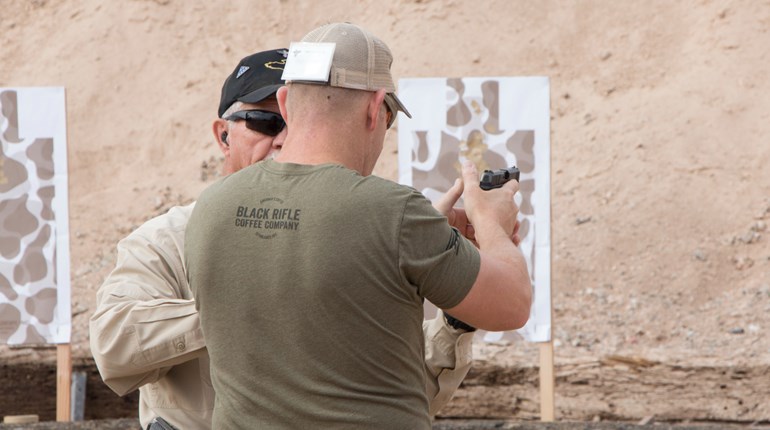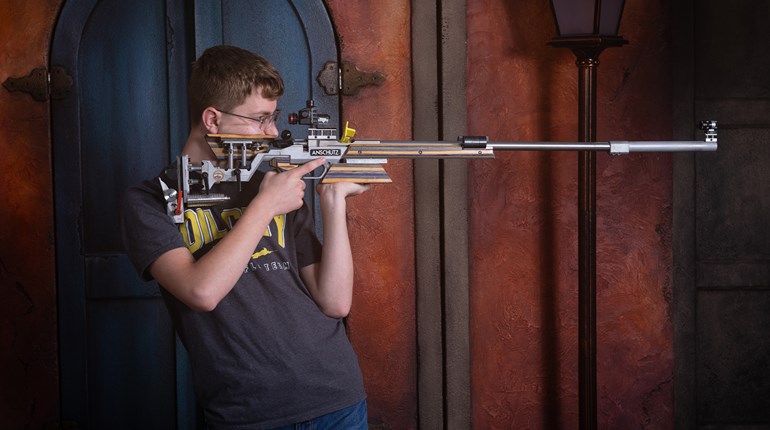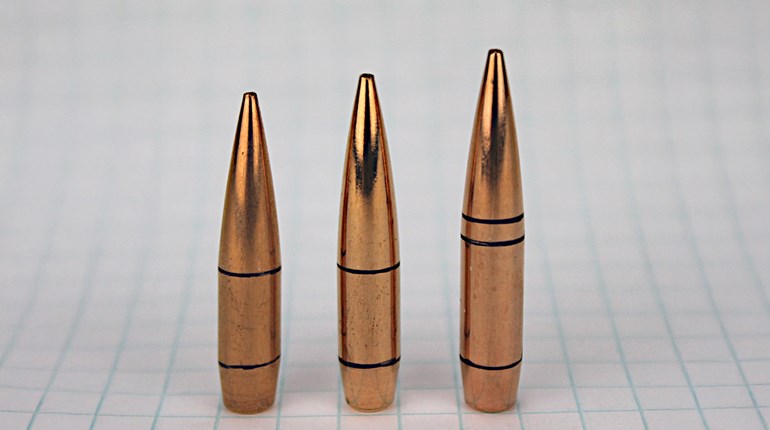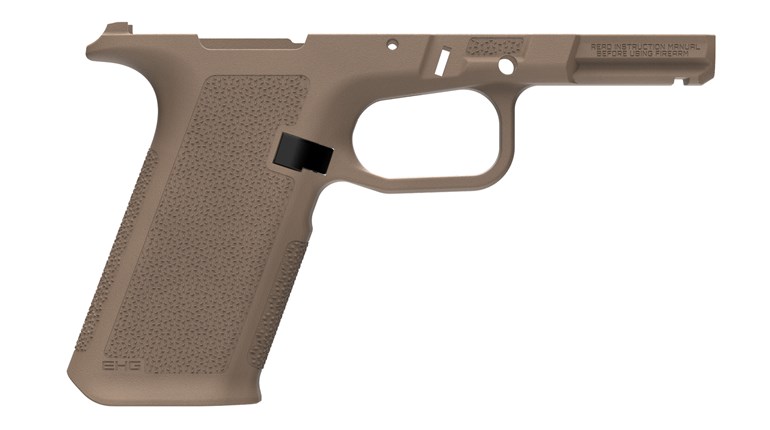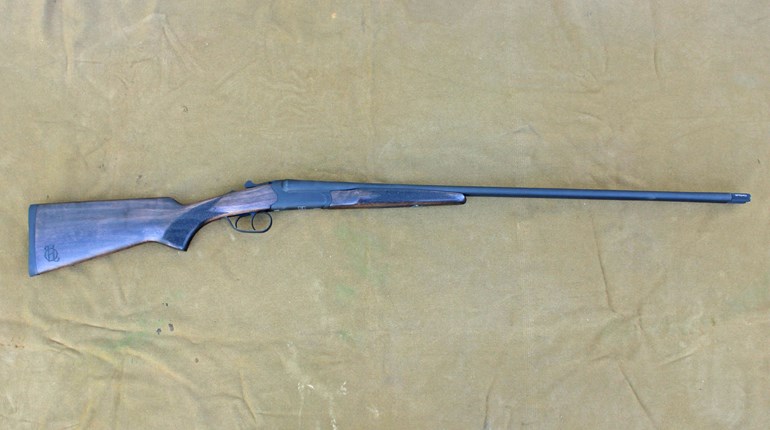
WARNING: All technical data in this publication, especially for handloading, reflect the limited experience of individuals using specific tools, products, equipment and components under specific conditions and circumstances not necessarily reported in the article and over which the National Rifle Association (NRA) has no control. The data has not otherwise been tested or verified by the NRA. The NRA, its agents, officers and employees accept no responsibility for the results obtained by persons using such data and disclaim all liability for any consequential injuries or damages.
In this article, the U.S. Army Marksmanship Unit (AMU) shares tips from one of their veteran handloaders to improve your rifle accuracy, loading efficiency and safety. But first, the following disclaimer: due to liability and technical issues, we cannot give out loading data, and must avoid making recommendations favoring particular commercial products. We trust you understand. As always, only handload if you *know* how to do so safely. If you have questions, consult commercial handloading books and/or get in-person instruction from a qualified instructor. That said, on with the info …
Tip 1: How do we drop powder charges on a progressive press? The truth is, we don’t. We've experimented with numerous approaches, including automated powder measure/scale combos, and we keep returning to hand-weighed powder charges using very accurate electronic scales that measure to 0.01 grain. For our purposes, machine-rest testing out to 1000 yards confirms this yields the 100 percent reliable, superb accuracy that AMU champions require. So we do it, up to 60,000-plus times per year.
Efficiency is critical. Often, we read recommendations that one “set your powder measure to throw light charges, then trickle up to the desired weight.” This just ensures that *all* charges require time-wasting trickling! Thus, we set our micrometer powder measures to throw as close to the correct charge as humanly possible. Then we weigh charges on our (very fast) scales to verify they're correct. Those that are, go to a funnel on the case mouth. Charges that are light but close get trickled up. Charges that are too light or heavy to quickly correct go back in the measure; it's faster to throw another charge. Charges that are slightly heavy will have a few kernels "pinched" out; that powder will be trickled from the fingers to exact weight.
With practice, one becomes very fast at this. In setting our measures, we fine-tune adjustments to as little as 1/20th of the distance between increments on the micrometer! With large ammo lots of several thousand each, this is easy to do, and makes loading significantly faster.
Tip 2: We always affix a piece of tape on the measure and trickler with the powder type boldly marked, and another on the scale with the correct charge weight. This prevents confusion and possibly mixing powders. Of course, when powder is changed the labels are, too. Also, be sure to follow standard safety rules: fully empty measure and trickler at each day's end, and *never* have more than one type of powder out in the work area at a time.
SSUSA thanks the U.S. Army Marksmanship Unit for allowing the reprint of this article.













